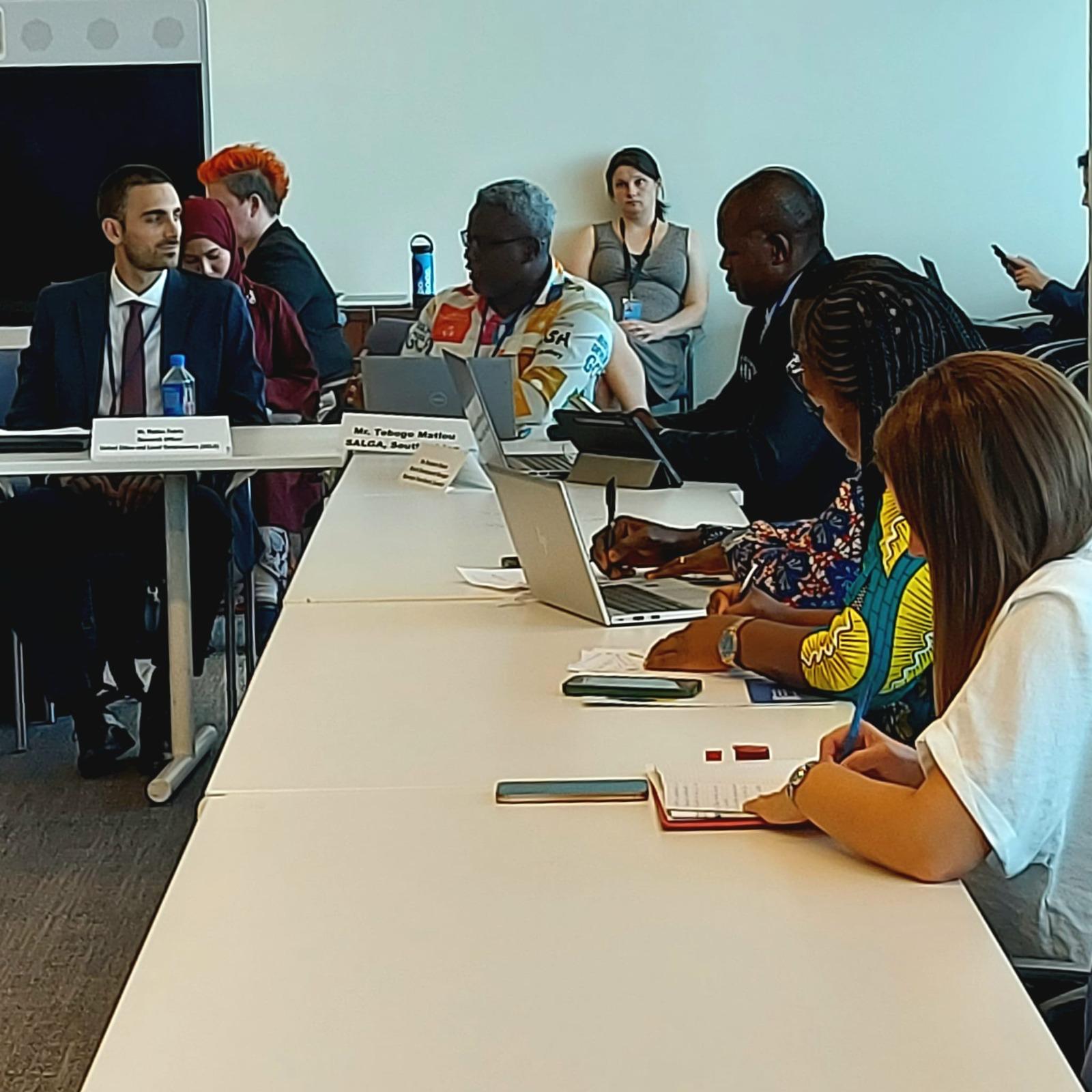Background
In September 2023, United Nations Member States gathered at highest level at the SDG Summit in New York and committed to a series of actions to accelerate progress to rescue the SDGs. Recognizing the need for multilevel coordination to achieve the 2030 Agenda, the Political Declaration of the Summit includes calls to further localize the SDGs and advance integrated planning and implementation at the local level.
Increasingly, voluntary reporting at both national and local levels has become a vehicle for advancing such multilevel coordination and integrated planning. Ten years into the implementation of the 2030 Agenda, national governments are increasingly utilizing Voluntary National Reviews (VNRs) not only to highlight national level efforts, advances, and challenges in SDG implementation, but to also capture the efforts of local and regional governments and other local stakeholders in support of SDG implementation. At the same time, and as happens with the Voluntary Subnational Reviews (VSRs), the global Voluntary Local Review (VLR) movement continues to grow. Since the first VLRs were presented in 2018, at least 373 VLRs have been produced by 283 cities from 66 countries. These reports can complement the VNRs and enrich the national story when it comes to the implementation of the 2030 Agenda by ensuring both a more detailed and differentiated assessment of progress, gaps and challenges in states, provinces, cities, municipalities, towns, districts, and villages, and the identification of required actions to ensure SDGs are a reality in all places.
As with VNRs, the process of preparing VLRs provides important benefits in and of itself. These include the opportunity to evaluate the performance of existing policies, programs, and institutional arrangements, including stakeholder engagement mechanisms; to improve data collection and analysis and assess data gaps; and to advance inclusive governance and foster participation from community members and groups among those that tend to be “most left behind.” However, to be most impactful, voluntary reports at all levels must also lead to action, including in terms of strategic planning and budgeting. Importantly, they can also serve as political tools to strengthen accountability, support evidence-based decision-making, and reinforce the legitimacy of government as essential actors in SDG delivery.
From a global perspective, some progress has been made in advancing integrated SDG planning and implementation, including through the linking of national and local voluntary reporting processes. Through the connection between VLRs and VNRs, new channels of dialogue have opened, many of which have resulted in better coordination and more effective national delivery of the SDGs. These connections contribute to helping build trust between institutions and communities through more transparent and inclusive governance. However, to fully realize the SDGs and fulfil the commitments set out in the Political Declaration of the SDG Summit, significant improvements in this area are required, with the active involvement of and collaboration between all spheres of governments as a key driver for accelerated action.
The present VNR/VLR Lab will include contributions from national and local governments that have prepared recent voluntary national or local reviews, as well as from UN system entities, relevant stakeholders and representatives of civil society. The event will provide participants with the opportunity to exchange experiences and good practices regarding how VNRs and VLRs are contributing to integrated SDG planning and implementation.
Key Questions for discussion will include:
- How have key messages from VLRs been integrated in VNRs and vice versa?
- How have VNR and VLR processes strengthened multilevel governmental dialogue, planning and action in terms of SDG implementation? Are there concrete advances in SDG implementation in your country that can be attributed to improved coordination between VNR and VLR processes?
- What has been the role of associations or networks of local governments in supporting local governments in SDG reporting, sharing of reporting practices and local/subnational inputs into national reporting?
- What good practices exist in terms of…?
- Aligning VNR and VLR processes, including after the publication of the reports
- Enhanced data sharing, availability of disaggregated data at the local level
- Guidance material for SDG reporting at the local level
- Including the voice and participation of segments of society that tend to be left behind, including women, youth, older persons, indigenous peoples, and persons with disabilities in national and local reporting.
With only 5 years to achieve the 2030 deadline and multiple challenges ahead, which concrete actions are needed to turbocharge SDG localization in all territories and for all people?
Full Webcast:
Photo Gallery:
Announcements










